Ask Ethan: How many stars in the night sky still exist?

We’re looking back in time when we look across the light years, so what’s different between what we see and what’s really there?
“I saw a star explode and send out the building blocks of the Universe. Other stars, other planets and eventually other life. A supernova! Creation itself! I was there. I wanted to see it and be part of the moment. And you know how I perceived one of the most glorious events in the universe? With these ridiculous gelatinous orbs in my skull!” –Ronald D. Moore, Battlestar Galactica
When we look out at the Universe, we take for granted that what we see is what’s actually there at that particular moment in time. Yet this isn’t quite the case. There were delays with the Apollo astronauts because light signals took a little over two seconds apiece to make a round trip. The Mars rovers need to robotically pilot themselves, because the multi-minute delays are too great for a human to have to manually change their headings. And if you go beyond the Solar System, the distances to the stars are measured in light years, which means we’re looking back in time whenever we see a distant object. How do we know that what’s there matches what we see? Matt Lanka wants to know:
[H]ow many of the stars observable from Earth still exist? Since the light from many of them has traveled hundreds, thousands, even millions of light years to get here, is it not possible that many of the stars we see in fact burned out or exploded centuries or [millennia] ago and the light (or lack thereof) simply hasn’t reached us yet?
The answer depends very much on how far you’re willing to look.
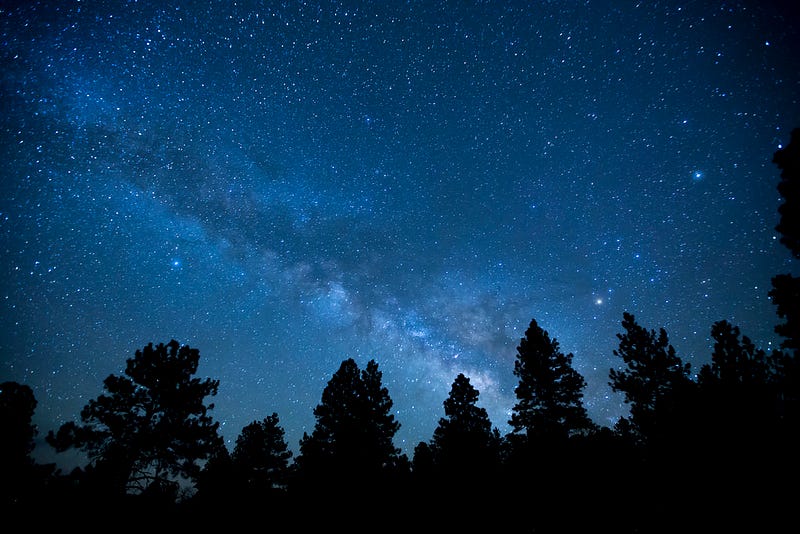
With the naked eye under ideal conditions — complete darkness, no light pollution, no clouds, no Moon, full-sky (both hemispheres) viewing, etc. — there are a total of just over 9,000 stars that the human eye can discern. Every single one of them is contained within our own galaxy, though, so none of these are millions of light years away. There are some that are thousands of light years distant, though. Deneb, one of the sky’s brightest stars (and a vertex of the summer triangle) is approximately 2,600 light years away, while the most distant naked-eye star is V762 Cas at just over 16,000 light years.
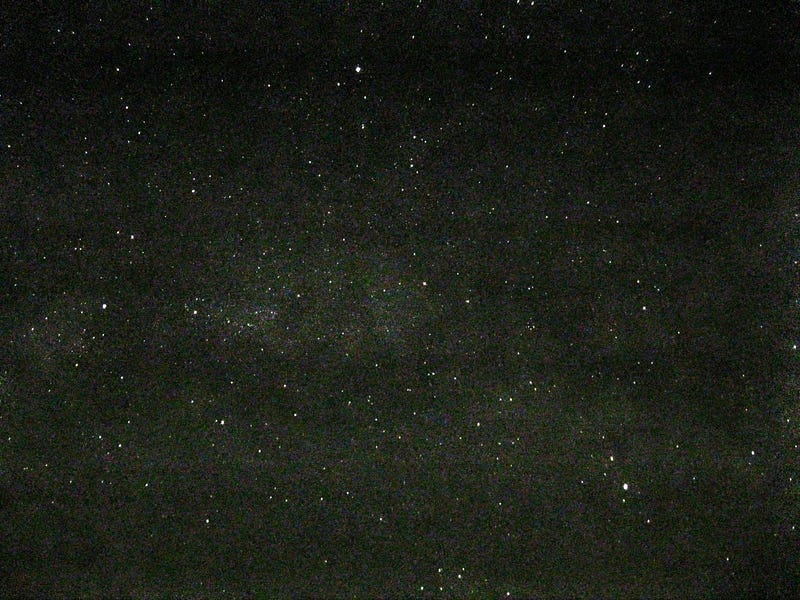
But the vast majority of stars we can see are only a few hundred light years distant, or even less. While we think of stellar deaths as an all-of-a-sudden mechanism, in reality the life cycle of stars means that there are a number of important phases a star goes through on its way towards death. In particular, they:
- need to expand into a red giant and begin burning helium,
- need to burn through the helium in their core and begin fusing carbon,
- burn through their core’s carbon and begin fusing oxygen and heavier elements, up until silicon produces iron, nickel and cobalt,
- and only then, when the core runs out of fusible material altogether, will the core implode, resulting in a supernova explosion.
Only a tiny minority of stars — about one in a few hundred — are massive enough to actually die suddenly; the rest blow off their outer layers and contract down to a white dwarf over a period of tens of thousands of years.
But the massive stars are disproportionately bright, and so are much more likely to be the ones we see! While there may only be around nine thousand stars visible to the naked eye, there are dozens of naked eye candidates for the next supernova within our galaxy. It’s very difficult to tell by looking at a single star what stage of life it’s in, and how close it is to going supernova. A star like Eta Carinae or Betelgeuse, for instance, may have already exploded and ended its life… or it may continue to stick around for hundreds of thousands of years as it continues to burn through its fuel. There’s no cataclysmic “it’s about to blow” signal, and in the case of Eta Carinae, a recent outburst (a huge mass ejection) in the 19th century may have delayed its eventual supernova explosion by a longer timespan than human beings have existed.
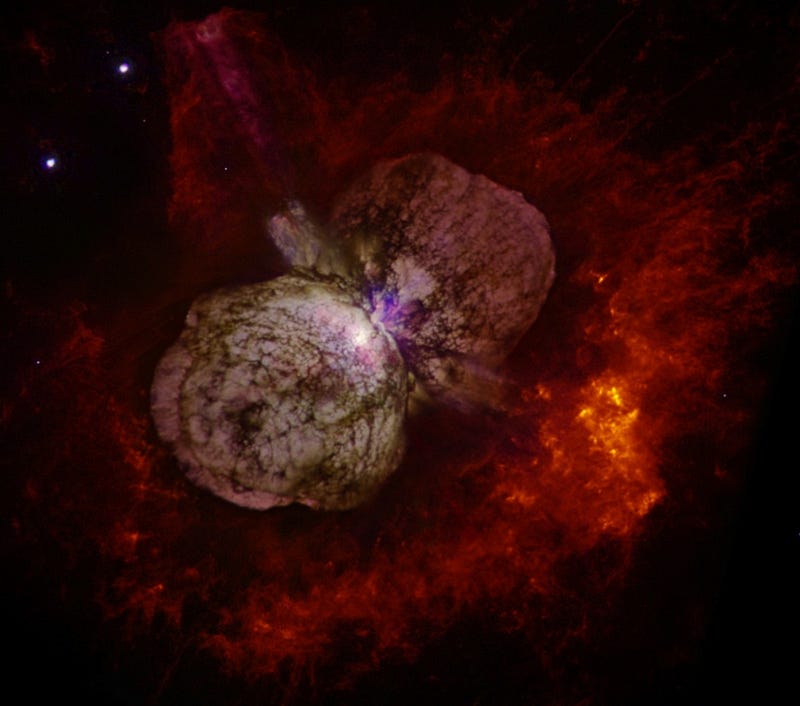
On average, a star destined for a supernova remains in this indeterminate, giant phase of its life for between one and ten million years, typically. Although there are many theories about what we could look for when a star gets “close” to going supernova, the reality is that the last one we observed in our galaxy occurred over 400 years ago, the most recent remnant discovered is over a century old, and very little is known about the progenitor star that exploded in a satellite galaxy of our own in 1987: the nearest supernova to be seen by humans in action since 1604.
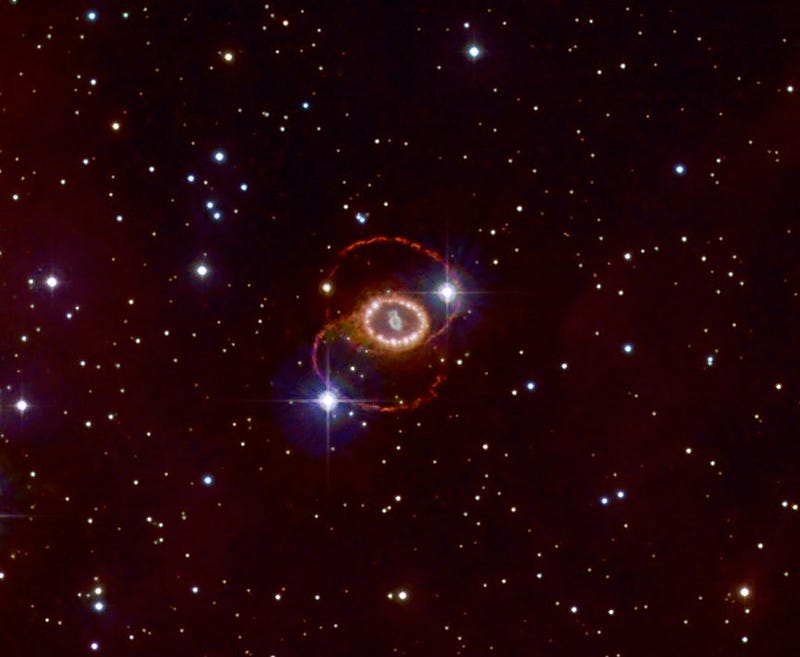
Given that the typical supernova candidate star, visible to our eyes, is maybe 4,000 light years away on average, and that we have perhaps 25 of them in the entire night sky, there’s only about a 1-to-10% chance that one of the stars we can see isn’t there anymore. That’s not very good odds.
But what about the other way? What about newly forming stars? While we like to think that there’s some sort of magic moment where something simply begins fusing protons in its core and turns “on” to become a star, the truth is that star formation — going from a proto-star to an actual, bona fide main sequence star — takes tens of millions of years to occur.
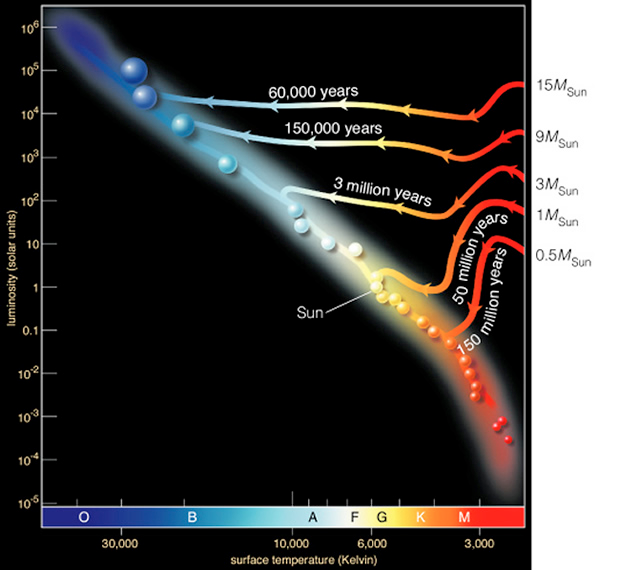
With the naked eye, we can’t see any of these proto-stars, because the locations where they form are inside of nebulae: places like the Orion Nebula or the Eagle Nebula. These giant molecular cloud complexes undergo gravitational collapse, giving rise to thousands of new stars that form over the timespan of millions or tens of millions of years. As the gas evaporates, the stars inside are at last revealed, many of which will eventually become discernible to the unaided human eye.
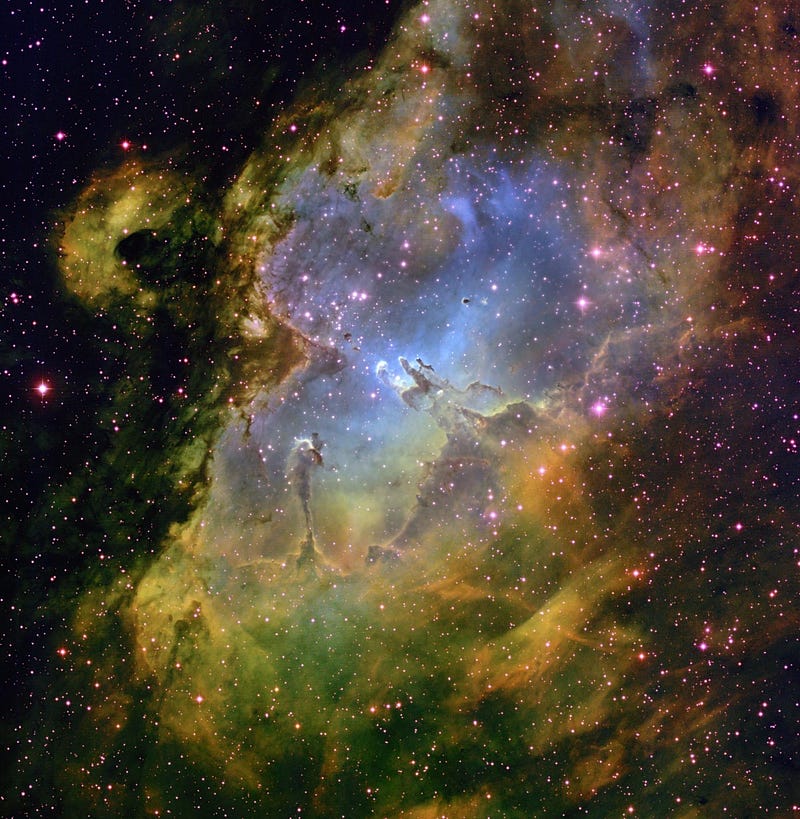
But none of these are winking into existence where they’d be seen once star formation was complete. The closest we can hope for is an explosive supernova that will show itself to our naked eyes where no star was visible previously. The best estimate we have for that is… well, is what we’ve seen so far throughout human history, which is an event that occurs approximately once every few centuries.

If we’re willing to use binoculars, we can go up to about 200,000 stars from 9,000. If we go to a small, 3″ telescope, that number rises again to a little over 5 million stars. And if we go to an intense amateur telescope that’s 15″ in diameter, we can view approximately 380 million stars in our own galaxy, upping those odds considerably. But even on average, if we were to consider all 200–400 billion stars in our galaxy, a mean distance of perhaps 40,000 light years away, there are perhaps only a few hundred thousand that are already dead — one in a million — and they’re heavily skewed towards being on the far side of the galaxy from where we are.
As distant as the stars are, our eyes are too weak and light travels too fast for any of them to have already died while their light is in transit. It’s possible, but the odds are strongly against us.
Submit your Ask Ethan questions to startswithabang at gmail dot com!
This post first appeared at Forbes, and is brought to you ad-free by our Patreon supporters. Comment on our forum, & buy our first book: Beyond The Galaxy!





